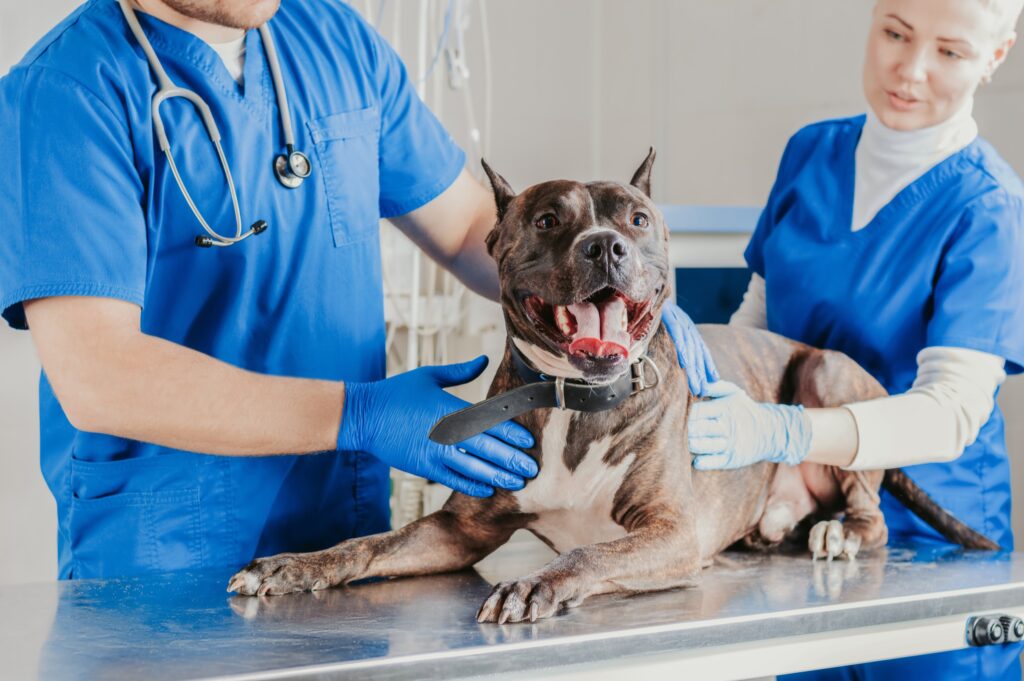VetOvation Tech Talk
What is Minimally Invasive Surgery for Pets?
When a pet has surgery, it is essential to look for ways to reduce pain and blood loss, shorten the anesthetic duration, lessen the risk of infection and accelerate healing. There are various operations that may be performed using minimally invasive surgical techniques, which involves small minor incision instead of one large surgical incision. VetOvation introduces veterinary surgical instruments and minimally invasive technology from a large number of human medical companies enabling veterinarians to better visualize the anatomy during complicated surgeries.
The Benefits of Minimal Invasive Surgery
The incisions are made smaller during surgery which reduces pain and decreases recovery time in pets. VetOvation offers veterinary surgical instruments to make minimally invasive surgery as precise and painless as possible. The benefits include less tissue trauma, less bleeding, faster surgeries, decreased anesthesia period, less pain, fewer infections and a quicker recovery. Using an endostitch, a knotless suturing device, will allow the surgeon to tie knots in the body without needing the dexterity of their own fingers. This means the surgery can be done through smaller incisions. Endoscopic operations also frequently involve less manipulation and disruption of the tissues and organs nearby, which can reduce discomfort and speed up the healing process. Thanks to smaller incisions and less tissue disturbance, the time that the pet spends under anesthesia are drastically reduced and less pain medication is required.
What is Endostitch?
The v-loc endostitch is a surgical device used to insert broken or running stitches in soft tissues during endoscopic surgery. The suture line appearance and durability will mimic that of hand-tied knots. However, excessive activity should still be avoided during the recovery process because it may cause the stitches to break apart or cause the incision to start bleeding.
Common Minimally Invasive Surgery Procedures
Although not all surgical operations can be carried out with minimally invasive surgery, many surgeons use this technique whenever it is appropriate to minimize your pet’s pain and recovery time. Minimally invasive surgery procedures commonly include:
- Arthroscopy— This minimally invasive diagnostic or surgical technique is used on joints and uses an arthroscope to examine, identify, and treat issues inside virtually any joint.
- Thoracoscopy — A minimally invasive surgical procedure carried out inside the chest cavity, this method enables surgeons to see organs, collect samples, and remove masses.
- Laparoscopy — A surgical technique that enables a surgeon to reach the abdomen and pelvis from the inside without having to make significant skin incisions.
- Otoscopy—A clinical procedure used to examine structures of the ear that is used during routine physical exams and for the evaluation of specific ear complaints.
- Rhinoscopy—An examination of the nasal passages that may be performed with a flexible or rigid endoscope.
- Cystoscopy—An examination of the bladder and urethra to diagnose issues or assist with treating various urinary tract problems, such as tumors or difficulty urinating.
Minimally Invasive Surgery | VetOvation
Minimally invasive surgery and technologies like our veterinary endoscopes and the endostitch will reduce recovery time. Internal incisions still require more healing time than the skin wounds, therefore, follow your veterinarian’s instructions on the recovery period and activity restrictions post-surgery very carefully. VetOvation is pleased to partner with medical firms to introduce cutting-edge veterinary equipment and training to the veterinary industry. Check out our website to learn more about our technology.
